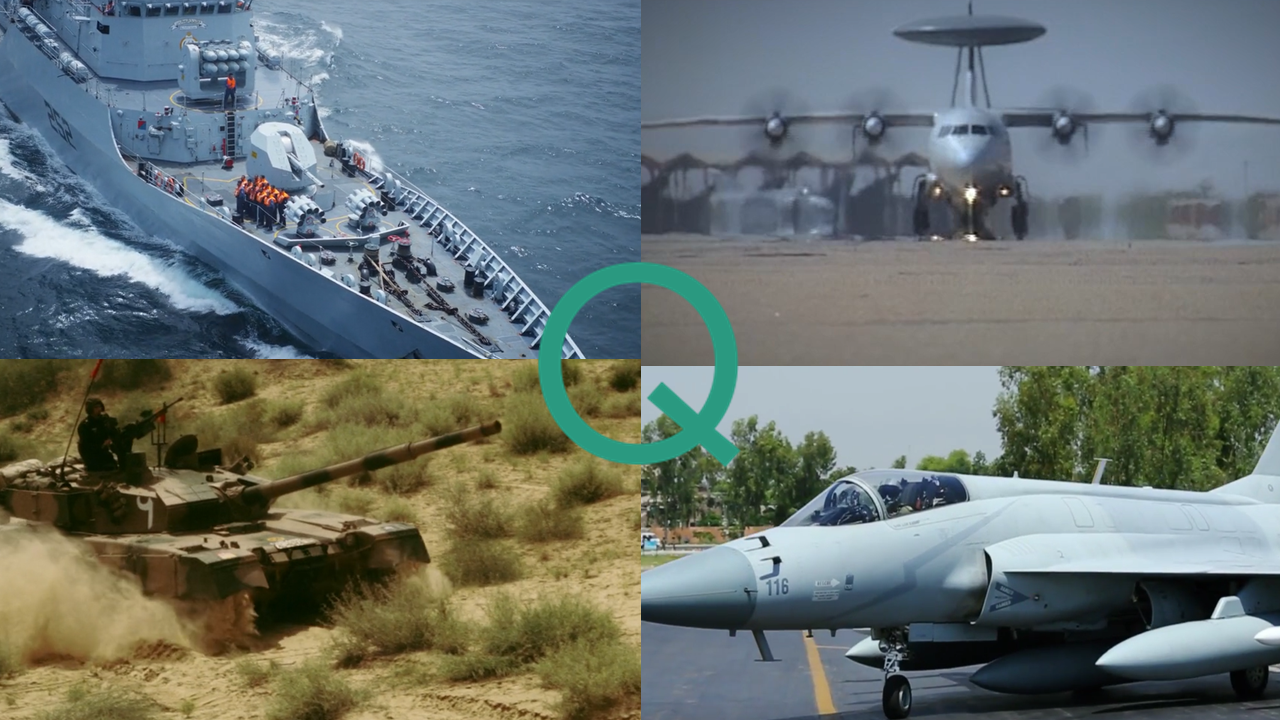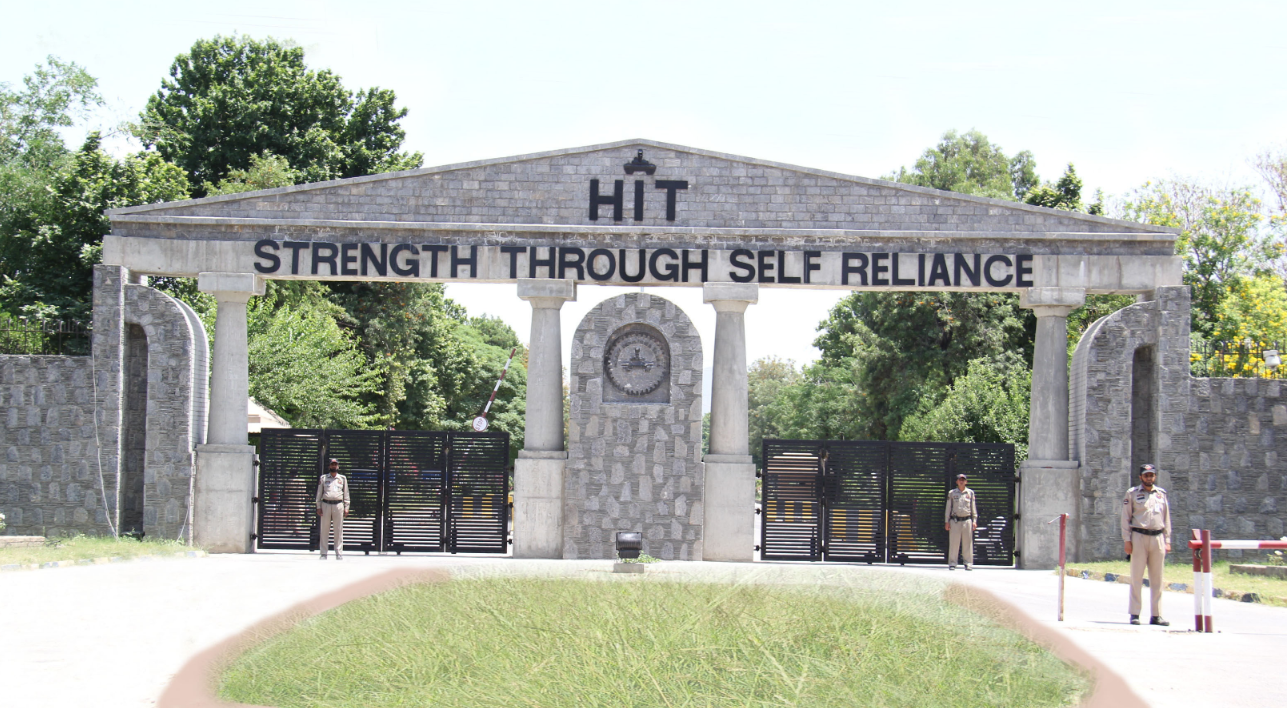2588Views 3Comments

This Week in Defence News
29 January 2016
Every Friday, Quwa offers coverage and short-form analysis of various news topics. It can be a challenge to offer in-depth reporting for every interesting news piece, so we invite you, our readers, to engage and share with us your knowledge and insights on issues and topics that interest you the most.
Be sure to get in touch with us on Facebook and Twitter!
JF-17 spotted with alternative refuelling probe
Last weekend, photos of a JF-17 prototype (labelled ‘229’) outfitted with an in-flight refuelling (IFR) probe emerged on numerous Chinese forums.
While the JF-17 Block-II was slotted for IFR capability, the probe configuration found on recent images differ from what was believed to have been the finalized design.
It was expected that the JF-17 Block-II would have a fixed probe installed behind the cockpit canopy. ‘JF-17-229’ on the other hand has its IFR probe in place below the canopy.
Analysts believe that JF-17-229 is using a Chinese designed IFR probe, whereas the JF-17 models being tested in Pakistan were equipped with a South African system (IHS Jane’s 360).
In fact, in an interview with Defence Industry Bulletin, Air Commodore Khalid Mahmood (Vice-Director of the JF-17 program) mentioned that the PAF selected South African IFR probes, which will be seen starting with the 24th or 26th JF-17 Block-II. With these new photos, it is unclear if that is still the case.
On the other hand, the images do indicate that JF-17 configurations may not always be “frozen.” In other words, the PAF could be testing various subsystems from a range of available vendors even when the specific requirements for those systems have already been met.
Pakistan looks to expand its shipbuilding capacity
It seems that Karachi Shipyard and Engineering Works (KSEW) is about to receive a boost in funding. According to the Daily Times, the National Assembly’s Standing Committee of Defence Production recommended that the Ministry of Defence Production (MODP) receive extra funding for upgrading KSEW’s shipyard.
Pakistan’s recent order for eight diesel-electric submarines (SSK) from China is without a doubt the most high-profile program on KSEW’s roadmap at this time, thus it is likely that the request in funding is intended to better equip KSEW for that program (four of the SSKs will be built in Pakistan).
Beyond the SSK program, the Pakistan Navy is hopeful for meaningful support in terms of its long-term surface combatant needs, primarily its urgent requirement for new multi-mission frigates.
According to Defense News, shortly after finalizing the SSK deal, the Navy sought Chinese support for its indigenous frigate and fast-attack craft (FAC) programs. Unfortunately, Defence News added that “there has been no official word on any progress” on either the frigate or the FAC.
That said, if the new frigate program is initiated, it would be interesting to see if it is based on CSOC’s [China Shipbuilding & Offshore International Co.] “High Performance Frigate” design.
With a displacement of 3500 tons (not known if this is full-load), the ‘High Performance Frigate is an export-oriented platform capable of carrying 32 vertical launch system (VLS) tubes for medium-range surface-to-air missiles (SAM), such as the HHQ-16, which has a range of up to 40km.
Alongside standard anti-ship warfare (i.e. eight anti-ship missiles) and anti-submarine warfare (i.e. two triple torpedo tubes) capabilities, CSOC’s design could make for an excellent replacement of the Navy’s legacy frigates, i.e. the British Type-21s and lone American FFG-7.
Pakistan’s initiates C-130B/E upgrade and life-extension plan
In March 2014 the Pakistan Air Force (PAF) requested an upgrade and life-extension program for its fleet of 16 C-130 Hercules medium-lift utility transport aircraft.
The first phase of that program was formally initiated this month with Rockwell Collins being awarded a $30 million U.S. contract by the U.S Department of Defence to “design, manufacture, integrate, train and deliver 11 C-130E model kits and five C-130B integrated avionics suites and kits.”
The aim of the program (which has a total value of $100 million U.S.) is to extend the service life of the PAF’s ageing C-130 fleet by 10-15 years.
At present the C-130 is the mainstay of the PAF’s transport fleet. Besides standard transport duties, the PAF’s C-130s also serve in humanitarian missions as well as in Pakistan’s ongoing counterinsurgency campaign as ISR [intelligence, surveillance and reconnaissance] platforms.
With new-generation variants of the Hercules (e.g. the C-130J) being very expensive (e.g. India agreed to pay $200 million U.S. a unit), it is unlikely that the PAF will be able to readily replace its legacy fleet with new-built versions.
It is possible that as the C-130B/Es near retirement, the PAF – out of cost-sensitivity – will consider non-American successors, such as the Chinese Y-9, Brazilian KC-390 or Ukrainian An-178.



3 Comments
by Abdul Rashid
According to Janes article (27th January 2016, “JF-17 Block II advances with new refuelling probe”) the JF-17’s new refuelling probe might be a Chinese design and detachable. If indeed detachable, the new position below the canopy appears to make sense to allow technicians easier, more ergonomic access. Also, though it is difficult to judge perspective from photos, the new probe’s tip appears to be fair bit further forward affording a better and more relaxed viewing angle for the pilot during docking. I wonder if the new design and position is more related to the on-going Block 3 development rather than simply a design change for Block 2. Are there any advantages, other than easier replacement and servicing, to have a detachable probe? How would a non-retractable probe constantly in the pilot’s view field affect or interfere with an HMDS/HOBS WVRAAM set up? What I am speculating here is perhaps this detachable option (if that’s what it is) is to allow the Block 3 pilots where/when required to operate with a HMDS/VWRAAM set up without being encumbered by a probe in their view. Maybe some individuals with relevant background like to comment on this.
by saqrkh
That’s a great observation. I think IFR was intended for extended range missions, strike and long-endurance patrols, especially in the maritime theatre. The probe is unnecessary for an air defence fighter waiting on alert, which in turn needs its canopy field of view unobstructed in order to make full use of HMD/S and HOBS AAM. That said, I am personally hoping that the Block-III would have a retractable probe.
by Abdul Rashid
A retractable probe would be great, serves the dual purpose of long-endurance missions and unobtrusive when not required. As well as not compromising drag reduction. It would of course look neater too. Not that I am personally a big fan of aesthetics in engineering design (at least not in defence applications). Function is always first but I do believe some JF-17 fans are after a “nice shape” (judging by the number of futuristic looking JF-17 Photoshop images all over the internet!). I wonder what would be the limiting factors to install a retractable IFR on the JF-17. After all, Rafale doesn’t have one and it is a safe bet to assume it was not due to budgetary constraints.
By the way, the same Janes article also cited unconfirmed reports from Chinese sources regarding the possible testing of the Ra’ad ALCM on the JF-17. Very interesting.